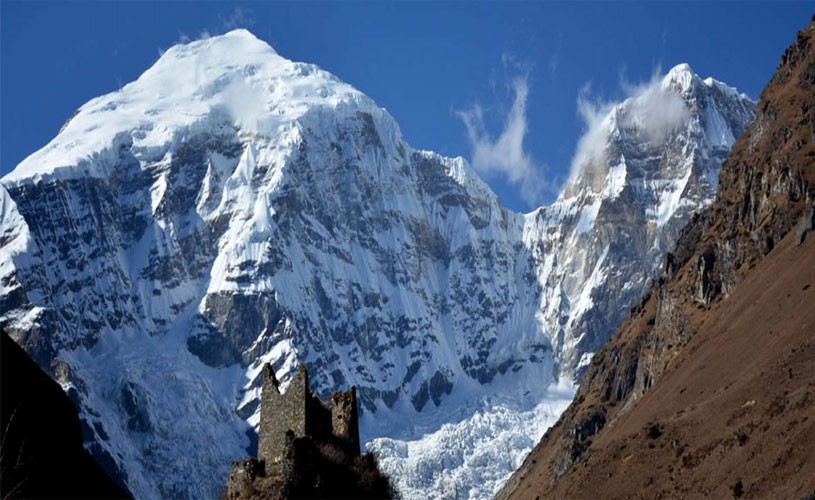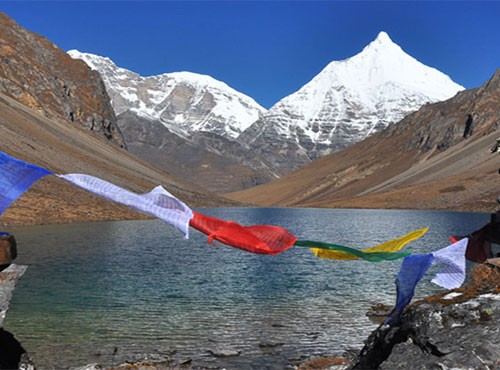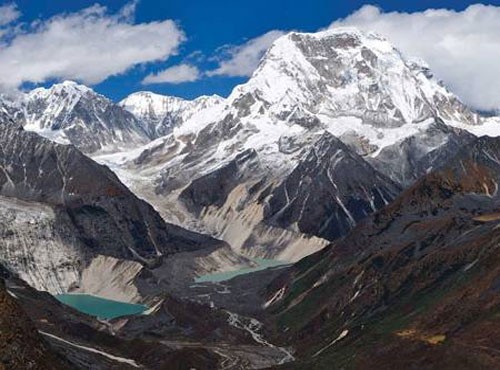Visa Information
Indian, Bangladeshis, and Maldivian nationals can obtain a visa at the port of entry by producing a valid passport with a minimum of 6 months validity (Indian nationals may also use their Voters Identity Card (VIC). For other tourists, you will need to acquire visa clearance in advance. Visas are processed through an online system by your licensed Bhutanese tour operator, directly or through a foreign travel agent. Tourists must also book their holiday through a Bhutanese tour operator or one of their international partners. The tour operator will take care of Visa arrangements for visitors.
You are required to send the photo page of your passport (passport scanned copy) to your tour operator, who will then apply for your visa. The visa will be processed by the Tourism Council of Bhutan (TCB) once the full payment of your holiday (including a USD 40 visa fee) has been wire transferred and received in the TCB bank account. Once received, the visa clearance will be processed within 72 working hours. You will be required to show your visa clearance letter at your point of entry, and the visa will then be stamped into your passport.
Accommodation
Hotels in Bhutan are approved and classified by the government as grade A, B, and C. These government-approved hotels are equivalent to 3-4 star hotels elsewhere. Based on availability at the time of booking, we will be accommodated in A-grade hotels in Paro and Thimphu and B-grade hotels in Punakha. We use Tashi Namgay Resort in Paro, Hotel Migmar in Thimphu and Meri Puensum Resort in Punakha. We will also be camping (in tents) during trekking. All accommodations are on a twin-shared basis. A single supplement will be served at an additional cost.
Meals
All meals (breakfast, lunch, and dinner) are included during your stay in Bhutan. Various meals are available in most hotels, the most popular being Indian, Chinese, and the more common continental food. Non-vegetarian dishes are generally available in Bhutan - pork, beef, chicken, and fish. The best advice is to ask the hotel and restaurant to recommend what is fresh and in season. While trekking, fresh foods, and meats will be served during the initial days, and high-quality tinned foods during the end of the trek.
Weather Information
There is no appropriate season which is to say that Bhutan's warm and temperate climate, never-ending festivals, and rich and abundant heritage sites provide visitors with a wide array of experiences throughout the year across the country. Bhutan has all four seasons, and the climate varies widely depending on the altitude.
Spring (March, April & May)
This is the most beautiful time of the year, resplendent and ablaze with a spectacular array of bright colors. This is when the valleys are green with fresh vegetation; fruit trees are blossoming, locals are naturally mirthful and cheery; when visitors are most welcome. Also, you can witness the famous Paro tsechu festival.
Autumn (September, October & November)
Autumn is lovely, with clear and crisp blue skies providing a grand view of some of the tallest unclimbed mountains in the world. It is the best time for trekking and traveling. The climate is cool and temperate. You can get lovely photography opportunities of willows shedding their golden brown leaves, the solitude of parks, and somber views of dzongs and monasteries.
Monsoon (June, July & August)
During these months, Bhutan receives more rainfall than any other region in the Himalayas. Glorious sapphire skies and warm weather are pleasant times to visit places of cultural and historical interest though this season is not the best time for trekking. Enjoy a warm, aromatic tea while watching the rainfall from your hotel window. Or, if you possess an adventurous spirit, grab an umbrella/raincoat while it is raining and take a day tour through the town.
Winter (December, January & February)
Winter in Bhutan is sunny, calm, and agreeable. Much of the east-west highway remains snowbound during winter. It is the best time to tour the western districts of Paro, Wangdue, Punakha, Thimphu, and Haa. One of the chief attractions in winter is the beautiful Gangtey (Phobjikha) valley, where you can expect to see a vast expanse of rolling plains with bamboo shrubs.
Safety Guidelines
Credit cards are not a convenient payment source in Bhutan, as only a handful of hotels in a few places provide this facility. Also, only MasterCard and Visa. US dollars are the most convenient currency and are cashed by most banks.
You should avoid drinking tap water altogether, but it is okay to use it for brushing your teeth. Bottled water is widely available and is best for drinking. It is also wise to carry water purification tablets when trekking in remote locations of Bhutan.
The local currency is the Ngultrum, pegged to the Indian Rupee. Note: The Indian Rupee in 500 and 1000 is no longer accepted in Bhutan.
Bhutan is the only country in the world that has banned the consumption and sale of tobacco, resulting in smoking being disallowed mainly in public places. Consumption is not entirely prohibited in Bhutan so if you want to smoke, bring your cigarettes and ask your guide where you can light up. (seal opened pack only)
Tuesdays are considered the national 'dry day,' with the sale of alcohol prohibited.
When taking photos/filming inside Dzongs, monasteries, temples, or any religious institutions, check with your guide whether it is permitted, as some areas do not




